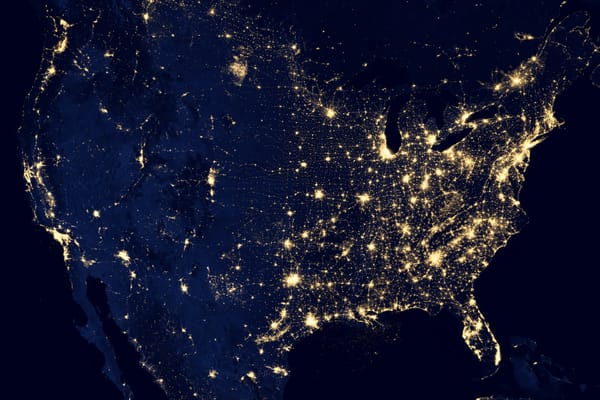California's 'energy transition' will not be linear

Welcome to Carbon Risk — helping investors navigate 'The Currency of Decarbonisation'! 🏭.
If you want to know more about how carbon markets combat climate change, what this burgeoning market means for investors, and the latest trends affecting decarbonisation then please consider upgrading your subscription.
Estimated reading time ~ 8 mins

Two major refineries in California have announced plans to close over the next twelve months. The Phillips 66 refinery in Los Angeles is scheduled to shut-down by the end of 2025, followed by the Valero refinery in Benicia in April 2026.
The shutdowns should curb emissions by around 3 Mt of CO2e. After power generation, the refining sector is California’s second largest emitter — it’s top five individual emitters are all oil refineries.
However, the two facilities slated for closure also produce approximately 20% of California’s in-state gasoline supply, raising fears about whether the state will have enough gasoline to ward off the threat of a price spike. Indeed, analysis by Professor Michael Mische of University of Southern California (USC) forecasts that gasoline prices could rise to above $8 per gallon by the end of 2026, if the refining supply crunch is allowed to manifest.1
Mische’s analysis indicates that the price of gasoline could rise from around $4.85 per gallon currently, to between $6.05 and $6.43 per gallon following the closure of the first refinery, increasing yet further to between $7.35 and $8.44 per gallon by the end of 2026 as the second refinery closes.
Even if the exact gasoline price trajectory is someway short of these predictions, sharply higher fuel prices risk provoking a backlash from citizens. Up until now at least they have been somewhat shielded from the supply-side response to California’s environmental policies.
That looks set to change.




